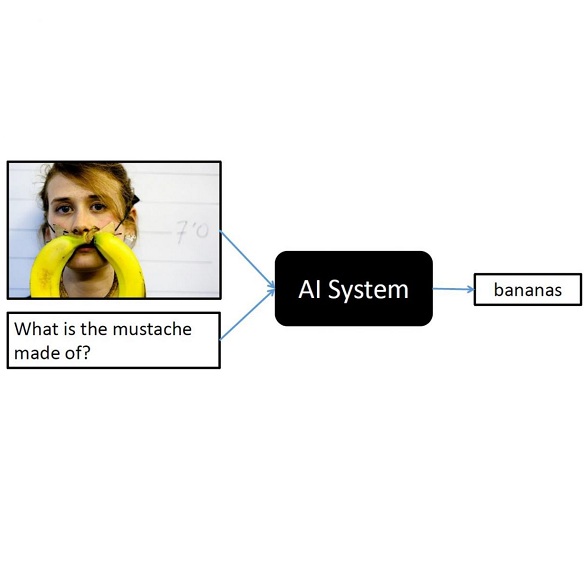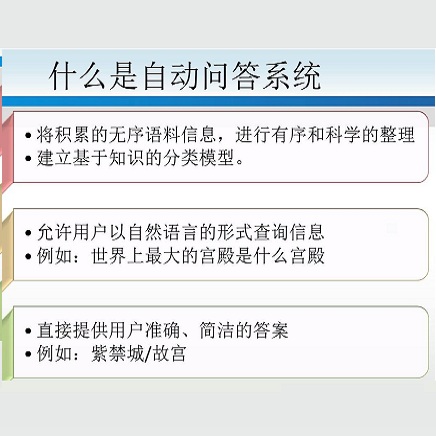In recent years, the pre-training-then-fine-tuning paradigm has yielded immense success on a wide spectrum of cross-modal tasks, such as visual question answering (VQA), in which a visual-language (VL) model is first optimized via self-supervised task objectives, e.g., masked language modeling (MLM) and image-text matching (ITM), and then fine-tuned to adapt to downstream task (e.g., VQA) via a brand-new objective function, e.g., answer prediction. The inconsistency of the objective forms not only severely limits the generalization of pre-trained VL models to downstream tasks, but also requires a large amount of labeled data for fine-tuning. To alleviate the problem, we propose an innovative VL fine-tuning paradigm (named Declaration-based Prompt Tuning, abbreviated as DPT), which jointly optimizes the objectives of pre-training and fine-tuning of VQA model, boosting the effective adaptation of pre-trained VL models to the downstream task. Specifically, DPT reformulates the objective form of VQA task via (1) textual adaptation, which converts the given questions into declarative sentence-form for prompt-tuning, and (2) task adaptation, which optimizes the objective function of VQA problem in the manner of pre-training phase. Experimental results on GQA dataset show that DPT outperforms the fine-tuned counterpart by a large margin regarding accuracy in both fully-supervised (2.68%) and zero-shot/few-shot (over 31%) settings. All the data and codes will be available to facilitate future research.
翻译:近年来,培训前的调整模式在一系列广泛的跨模式任务上取得了巨大成功,如视觉问答(VQA),在这类任务中,视觉语言模式首先通过自我监督的任务目标优化,例如,遮蔽语言模型(MLM)和图像文本匹配(ITM),然后进行微调,以适应下游任务(例如VQA),通过全新的目标功能,例如,回答预测。目标形式不一致,不仅严重限制了预先培训VL模型的通用化为下游任务,而且还需要大量贴标签的数据进行微调。为了缓解问题,我们建议创新的VL模式(以宣言为基础进行快速调试,在前调和微调VQA模式中,将培训前VL模型的有效调整为下游任务。具体地,DPTA 将标准格式调整为目标格式,在VA任务中,通过对标准格式进行快速调整,将VA任务调整后的数据格式的文本转换为快速调整。



